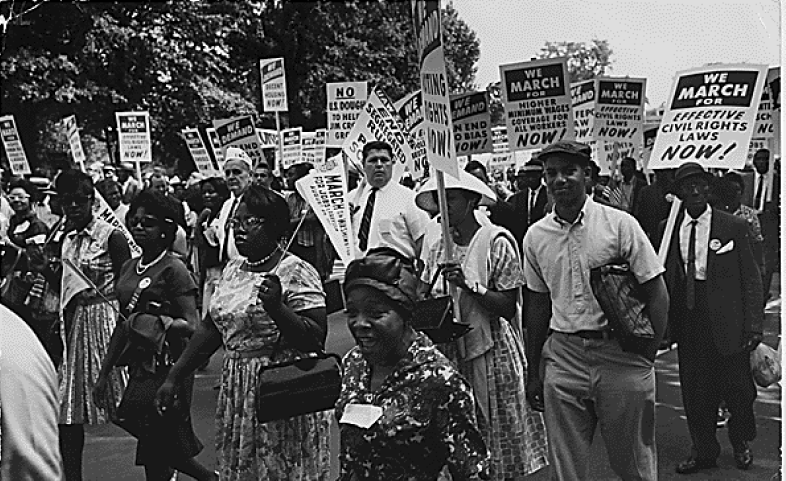
How to Write About Race Beyond Martin Luther King Jr. Day
Learn to address race and racism responsibly and history like Juneteenth.
Photo credit: Gino Santa Maria/Bigstock
Race issues get special attention in the news on Martin Luther King Jr. Day or during Black History Month. But race plays a role in every story journalists cover: where people live and work, who their friends and neighbors are, and — especially — what schools they attend.
Because of the lack of diversity in newsrooms across the country, journalists often struggle to responsibly cover not only news events that explicitly focus on race, but all the stories ostensibly focused on other topics that are nevertheless shaped by racial issues. So we’ve collected story ideas, reporting tips, and key resources to help reporters address issues of race in any assignment.
Story Ideas
EWA Member Bekah McNeel offers six story ideas for covering race on college campuses beyond Confederate statutes or yearbook picture controversy.
Important Context and History
Check your state’s standards to see what educators are required to teach about the civil rights movement. For example, high schoolers in North Carolina should know “how and why African Americans were disenfranchised after Reconstruction and subjected to ‘Jim Crow’ laws,” while eighth graders in Colorado should be able to connect “the Civil War to current social and political issues.”
The New York Times compared social studies textbooks used in California and Texas to show how states teach history differently (and created a lesson plan based on the analysis).
Here’s some helpful reading if you’re planning to cover how race issues are playing out in classrooms:
Reporting Tips and Resources
- Tips (and more tips) for covering race issues responsibly (EWA)
- How one reporter adeptly and sensitively wove race into a feature on learning challenges (EWA)
- When to use the terms “racist” and “racism” (Poynter)
- How your racial identity as a reporter matters, and how to consider race in all your stories (CJR)
- A reporting toolkit to help radio and television reporters “improve the breadth, depth, and accuracy of coverage of communities of color” (Awareness in Reporting)
- 8 tips for covering race during the 2020 election (CJR)
- The state of diversity in education, plus recent reporting on the topic (EWA)
- 10 tips for covering white supremacy and far-right extremists (Journalist’s Resource, Harvard’s Shorenstein Center)
- The Civil Rights History Project compiles interviews and essays from oral history collections across the country. (Library of Congress)
- A backgrounder on Juneteenth and why it’s celebrated (New York Times)
- How educators are improving history lessons about the civil rights movement (Edutopia)
- A resource guide for teachers showing the role of everyday people in the civil rights movement (Civil Rights Teaching)
- How different states teach students about slavery (Washington Post)
- A resource guide for teachers who want to confront bigotry in their classrooms (NPR)
This post was updated on June 15, 2021. It was originally posted on January 9, 2020.


